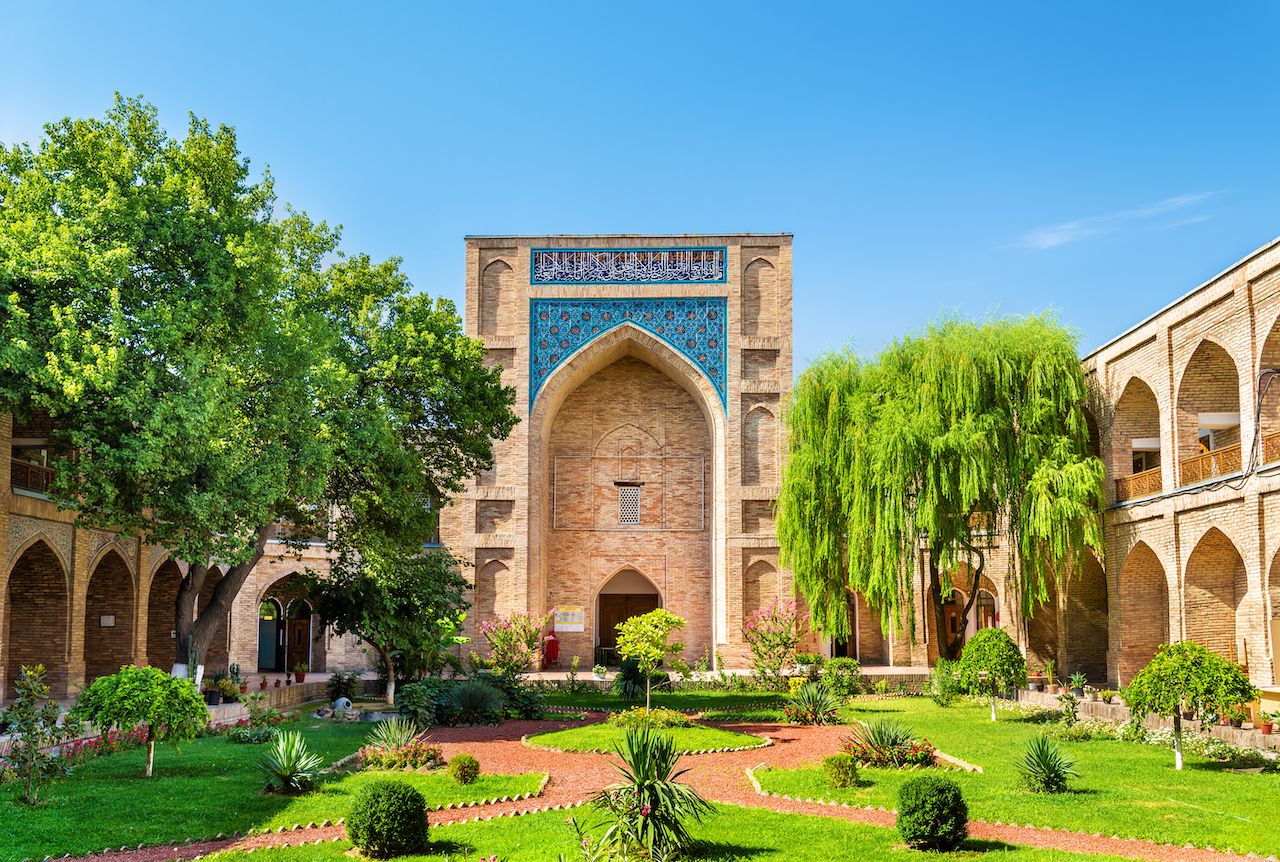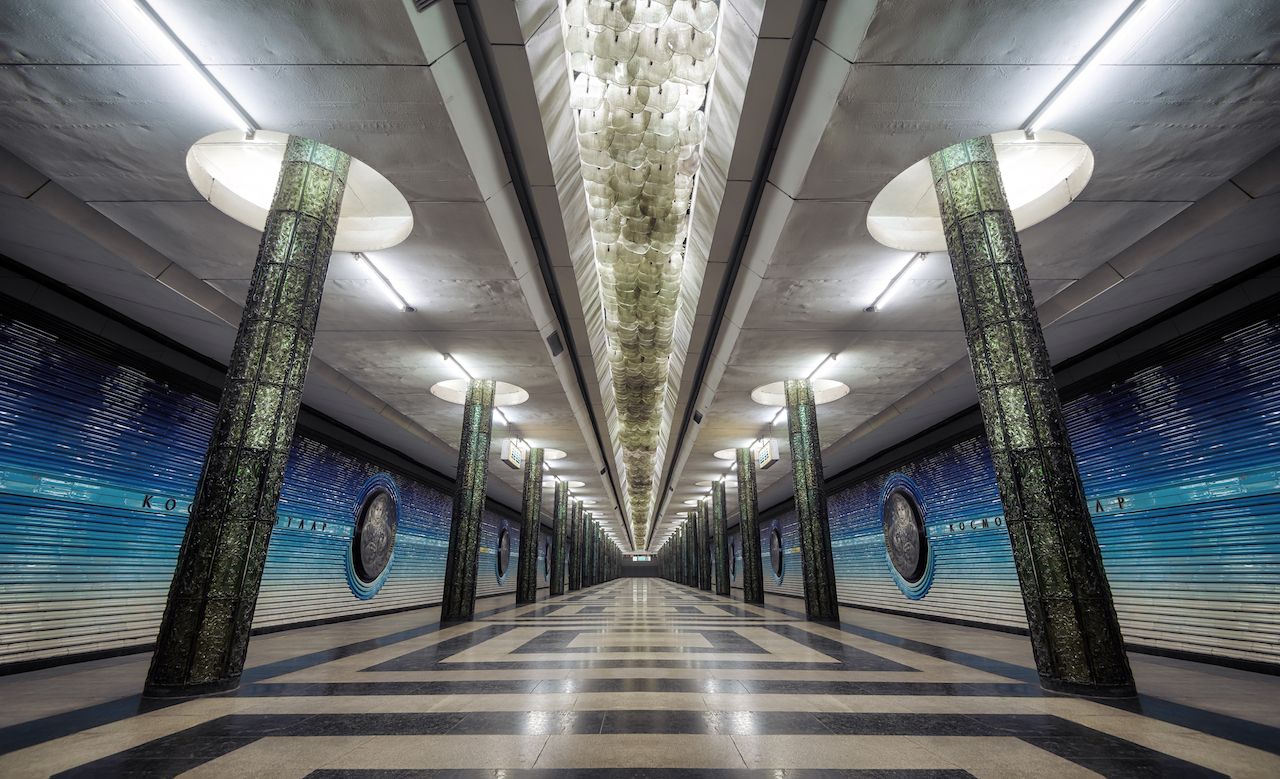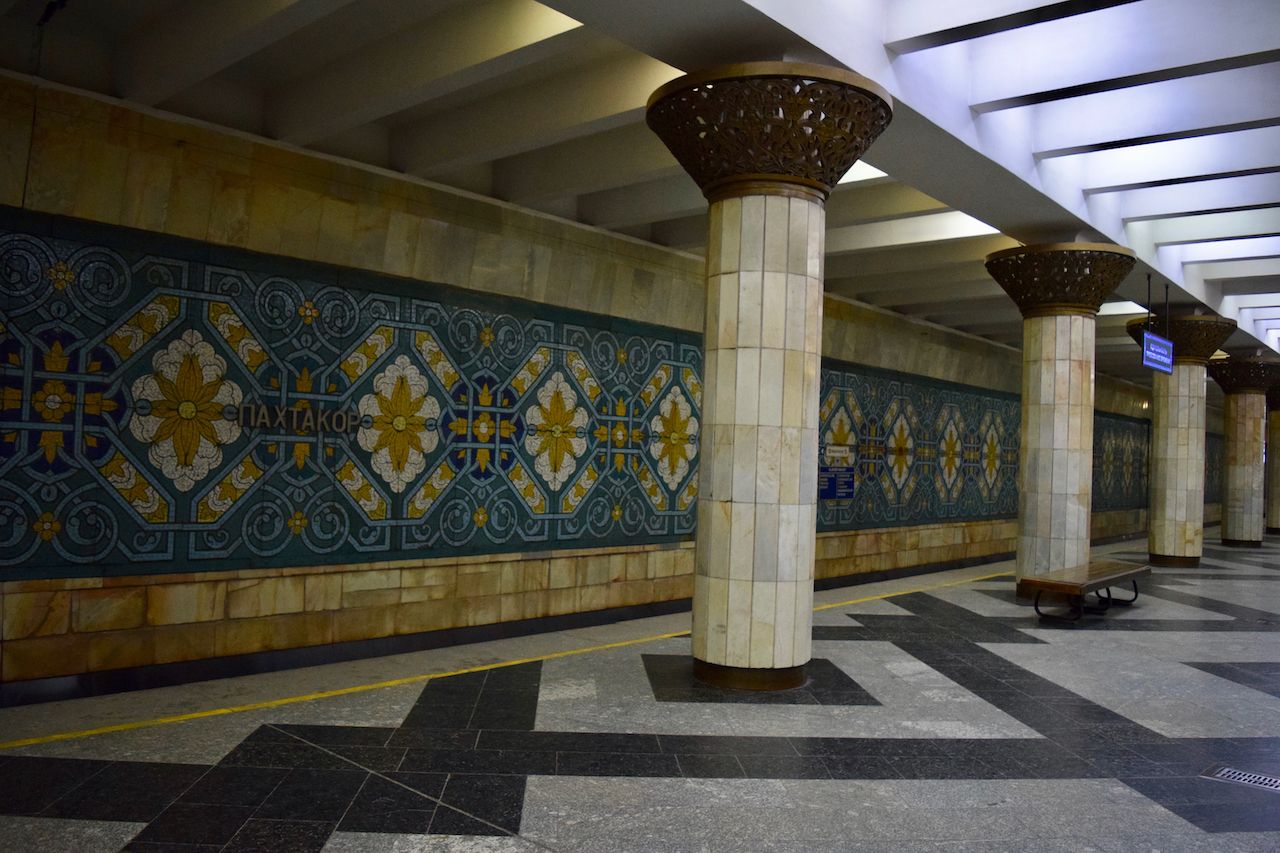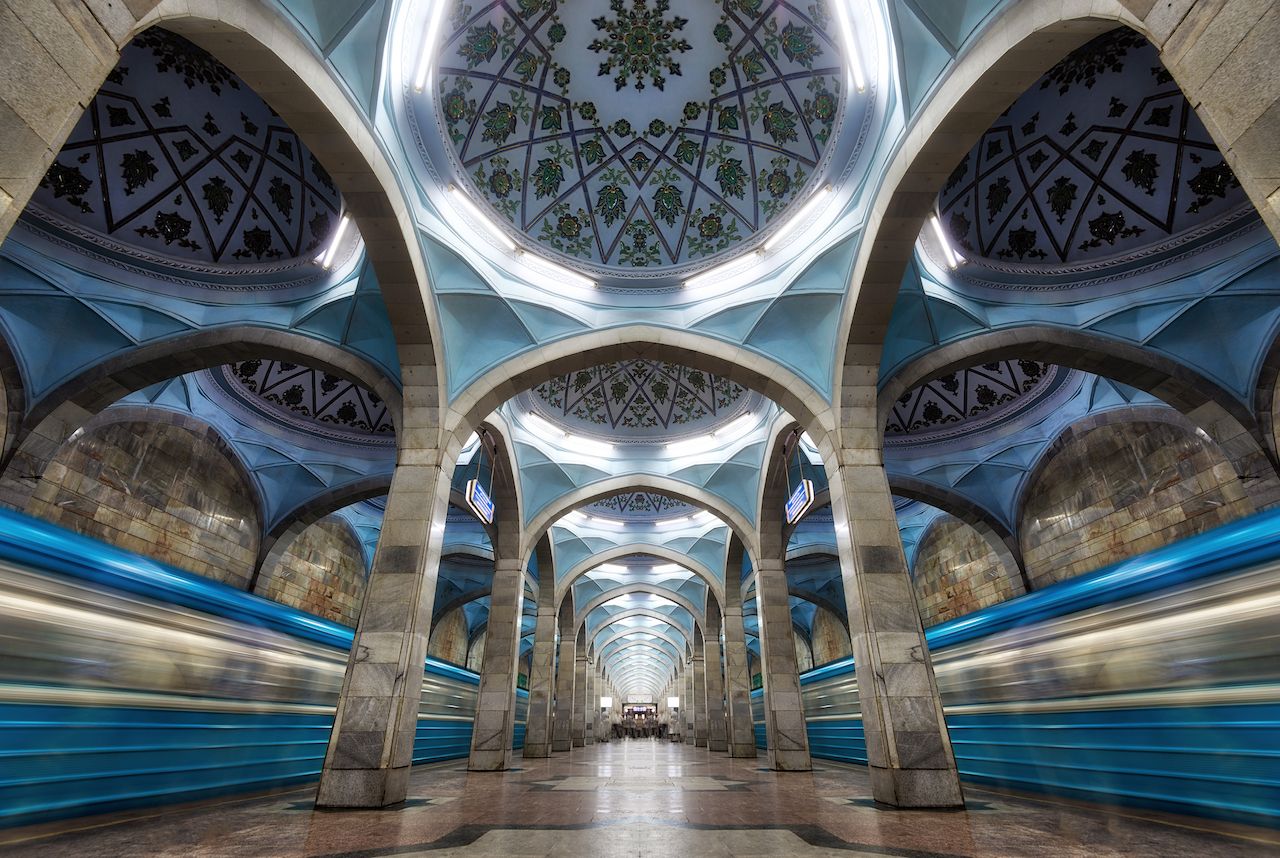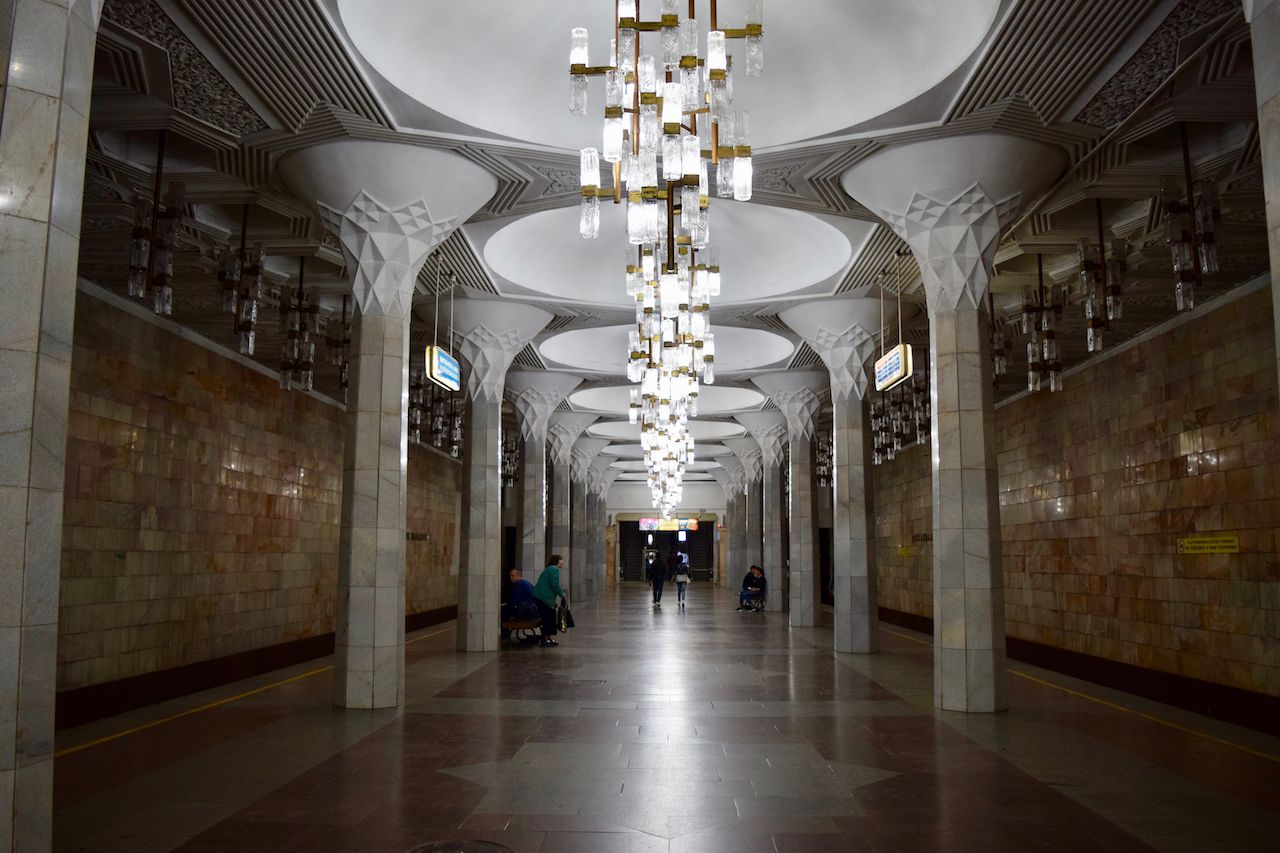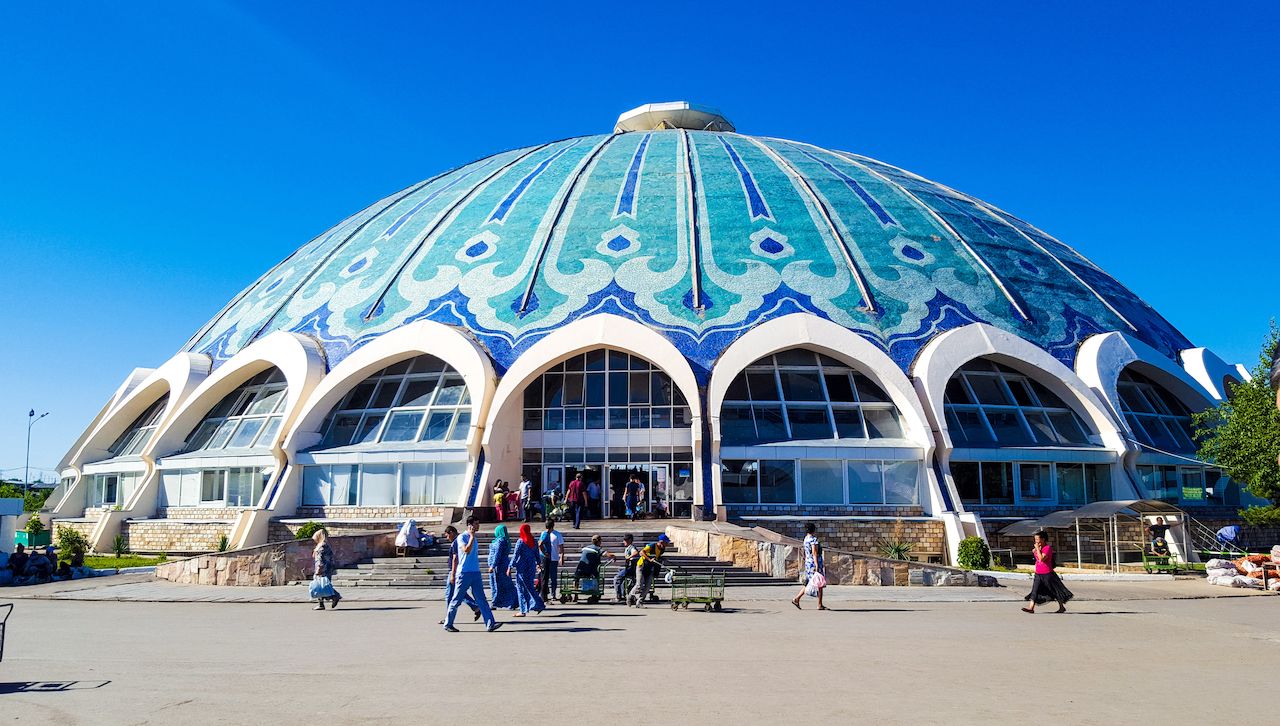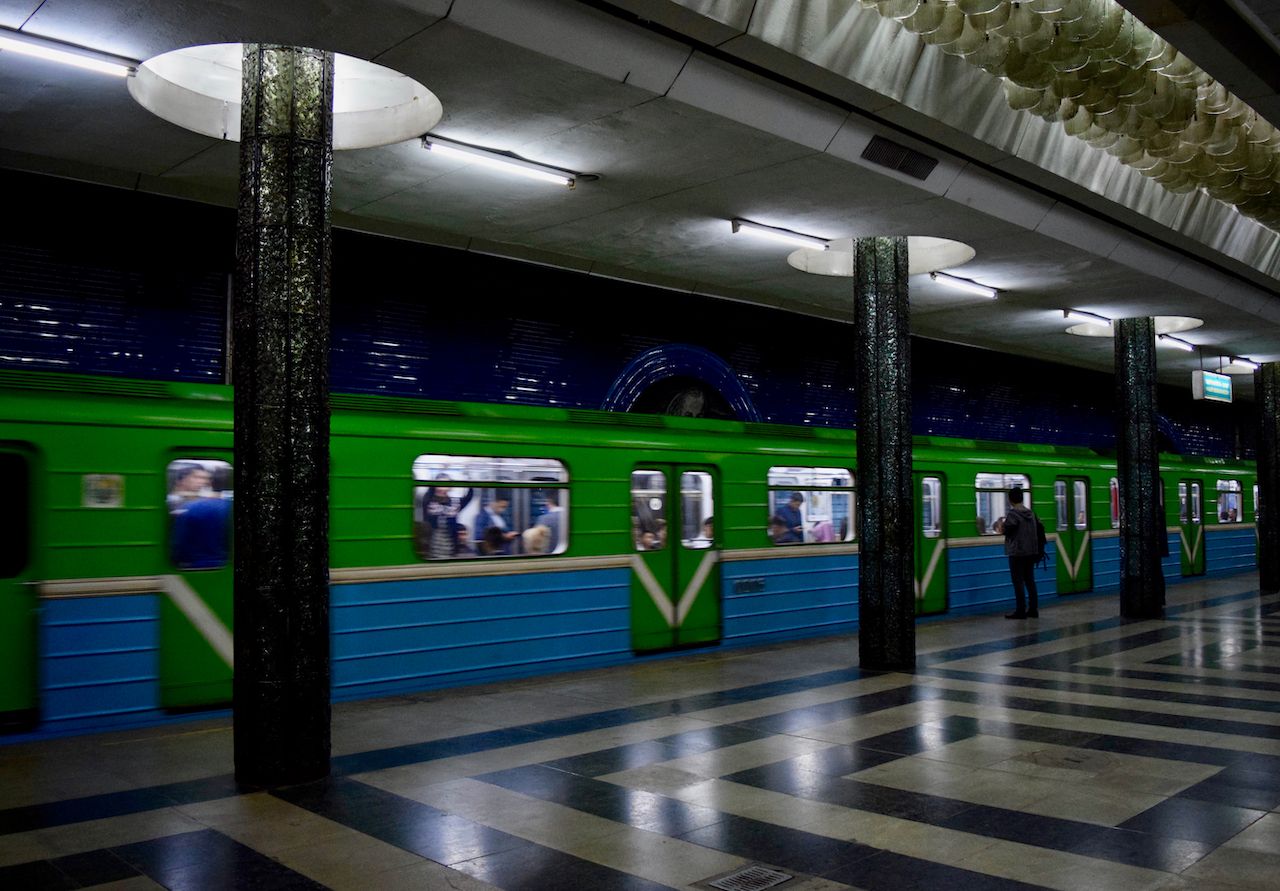It was April 1966 when the capital of the Uzbek Soviet Socialist Republic was completely destroyed by an earthquake hitting from below the heart of the city. While the USSR had already made itself known for the construction of monumental urban and architectural projects, the challenge of rebuilding Tashkent from the ground up was unprecedented.
In redesigning the city to become a blend of Uzbek heritage and Soviet utopia, the then-socialist government decided to take the opportunity of having to erect a city from scratch to add a rapid transit system unique in its kind. Tashkent’s metro system became the first to be built in the Central Asian republics. On top of being clean and punctual, it boasts some of the most artistically curated stations in the world, complete with carved pillars, golden chandeliers, and intricate mosaics featuring local, historical heroes and myths.

